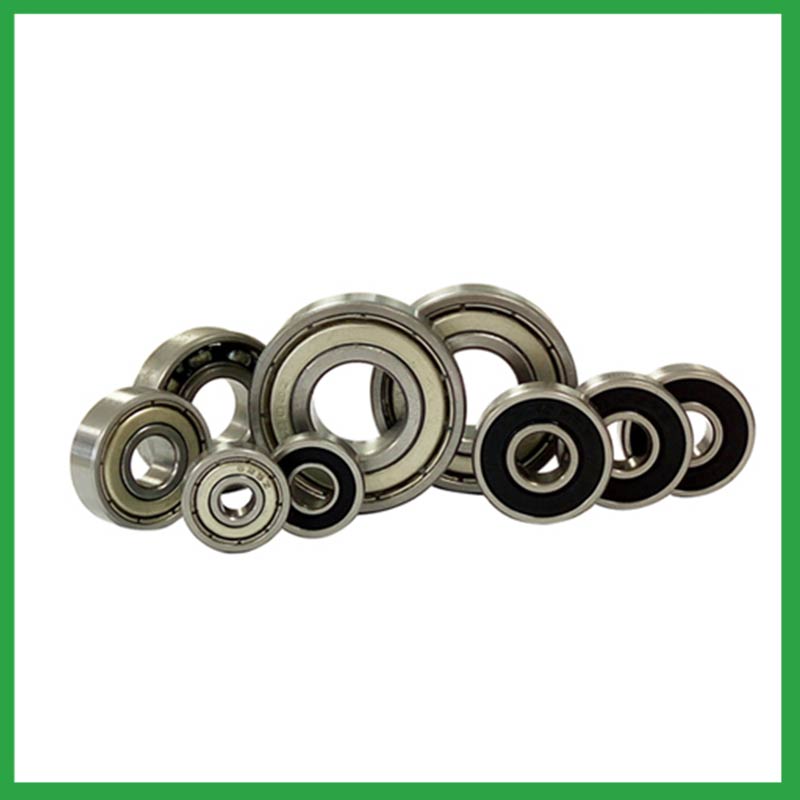PRODUCTS
CONTACT US
Ningbo Nide International Co., Ltd.
一一
· Contact person:Jack Zeng
· Mob/Whatspp/WeChat:0086-13738869026
· Email:emarketing@nide-group.com;marketing4@nide-group.com
· Add:No. 169, Wohushan Road, Daqi Subdistrict, Beilun District, Ningbo, China

Nide team could manufacture ball bearing as per customer’s drawing and samples.
If customer only has samples, we could also design drawing fo r our customer.
We also provide customized service.
Our ball bearing is widely applied the different industrials.
Ningbo Haishu Nide International is located in Ningbo, Zhejiang Province. Established in 2010, it is a rapidly growing international enterprise. With advanced industrial hubs, complete supply chains, and convenient transportation advantages, combined with a professional team with rich experience in motor manufacturing, we specialize in exporting various bearings to various parts of the world. Our factory has advanced production equipment and testing instruments to ensure that all goods are perfect when received by our customers.
We adhere to strict quality control principles and excellent service. Our main products include carbon brush,commutator,fan,ball bearing,thermal protector,insulation paper, etc. Our products are widely used in fields such as compress motor,single and three phase induction motor,BLDC motor,servo motor,water pump motor,electric bicycle motor,air condition motor. With the rapid development of the company, we have gained a good reputation and established long-term business relationships with many customers. So far, Nide has provided products to customers in over 50 countries.
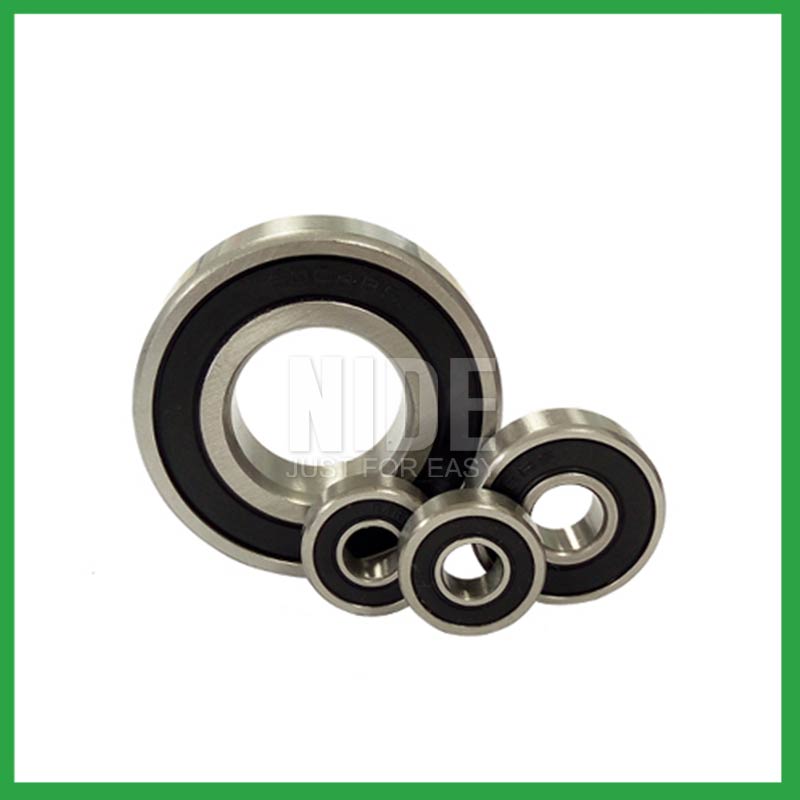
| Parameter | Information |
| Product Name | roller ball bearing |
| Brand Name | Nide |
| Place of Origin | Ningbo,Zhejiang,China |
| Type | Ball |
| Material | chrome steel, etc. |
| Sample | Avaible |
| Warranty | 3months-1year |
| Lubrication | Dry/ Oil |
| Application | aviation engines, etc. |
| Port | Ningbo/Shanghai |
| Size(mm) | customize |
| Export Country | Argentina,Brazil,South Korea,Antarctica,Puerto Rico,Zimbabwe,Tanzania,New Zealand...etc |
| Export region | Asia,America,Africa... |
| Certification | ISO 9001 Certification,CE-stator coil lacing machine,CE-stator coil winding machine,etc |
| Precision Rating | as per customer's requirement |
| Feature | Strong carrying capacity,Good wear resistance...etc |
| Packaging Details | Suitable for sea transportation |
| Color | white+customized |
| Seals Type | Rubber seals |
| Service | Prompt Delivery |
| Supply Ability | 100000-500000 Piece/Pieces per Month |
| Lead time (days) | 15-20 (To be negotiated) |
Please note: The above table data is for reference only. For specific information, please contact us.
roller ball bearing have the advantages of durability,low friction coefficient,lightweight, and high load, and are used in main motion mechanisms and components, such as transmission shafts,automotive drive components,tires, different motion mechanisms and accessories of airplanes and motorcycles.
During the disassembly process, the outer shell should be kept intact to avoid unnecessary damage;
When replacing installation components, attention should be paid to the accuracy of the support components to prevent deformation;
During the disassembly process, attention should be paid to protecting the surface quality of the ball bearing to ensure its performance;
During the operation, attention should be paid to removing surface dust to ensure the quality of the ball bearing.
Ball bearings have many advantages, making them highly competitive in the market.
Firstly, they are very durable and have good wear performance, making their service life longer than many other types of bearings.
Secondly, they are easy to install and can provide low friction performance in various applications.
Thirdly, they require a relatively low level of maintenance, making them cost-effective.
In addition, compared to many other types of bearings, their purchase cost is relatively low, making them an economical choice.




roller ball bearing---FAQs Guide
2.What is the role of roller ball bearing in reducing friction and wear in automotive applications, such as wheel hubs and transmissions?
3.About roller ball bearing,Can I add my own logo?
4.Are there ongoing research and development efforts aimed at improving roller ball bearing materials, designs, and lubrication techniques?
5.What are the advancements and innovations in roller ball bearing technology that have emerged in recent years?
6.How do roller ball bearing contribute to the overall efficiency and energy savings in industrial machinery and transportation systems?
7.How do different roller ball bearing designs, such as deep groove, angular contact, or thrust bearings, cater to specific applications?
8.How do cage designs affect roller ball bearing speed and acceleration capabilities in high-speed machinery?
9.Do roller ball bearing come in various tolerance classes?
10.How do manufacturers ensure the quality and reliability of roller ball bearing through material selection and precision machining?
11.Are there roller ball bearing designed for extreme temperature environments, such as cryogenic or furnace applications?
12.What are the common materials used in roller ball bearing manufacturing?
1.What are the considerations for selecting sealed or shielded roller ball bearing to protect against contamination and retain lubrication?
First, the environment in which your roller ball bearing operate in can help you identify potential contaminants, allowing you to select your shields or seals accordingly. For example, shielded bearings have a gap that can allow finer contaminants or water from washdown applications to enter the bearing and get into the raceways.The challenge for sealing bearings is to seal the bearing by protecting the bearing from contaminants and running efficiencies.
2.What is the role of roller ball bearing in reducing friction and wear in automotive applications, such as wheel hubs and transmissions?
When a load is applied to a ball bearing, the roller ball bearing roll freely between the inner and outer rings. This rolling action significantly reduces friction compared to sliding contact, resulting in smoother rotation and reduced wear.
3.About roller ball bearing,Can I add my own logo?
Yes, you can add your logo on bearings and packing box. We supply OEM SERVICE including bearing's size, logo, packing, etc.
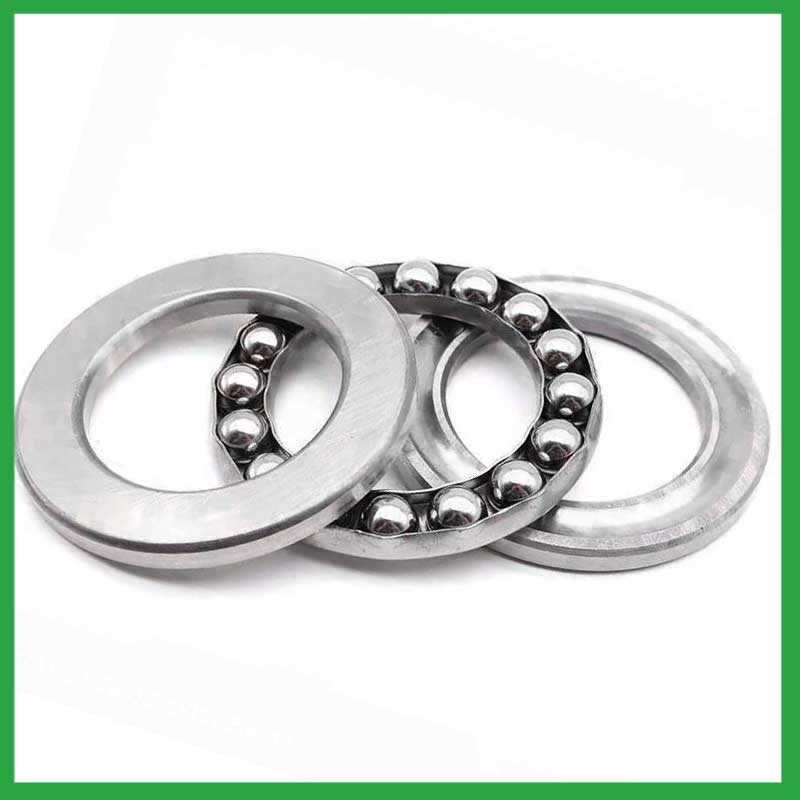
4.Are there ongoing research and development efforts aimed at improving roller ball bearing materials, designs, and lubrication techniques?
A custom roller ball bearing can satisfy almost any customer’s needs. Your application may need a needle roller or ball bearing, a radial or angular contact design, a plain carbon steel bearing with anti-corrosion coatings or stainless steel, a thrust bearing or a spherical bearing, tight or loose radial play, sealed or non-sealed designs
5.What are the advancements and innovations in roller ball bearing technology that have emerged in recent years?
Significant advancements have been made in roller ball bearing steels over the years. Modern, ultra-clean bearing steels contain fewer and smaller non-metallic particles, giving ball bearings greater resistance to contact fatigue.
6.How do roller ball bearing contribute to the overall efficiency and energy savings in industrial machinery and transportation systems?
The balls roll along the raceway, allowing for smooth rotation of the machinery or equipment. Ball bearings are used to support rotating, reduce friction and support radial and axial loads in high-load, high-speed applications where reliability and efficiency are critical.
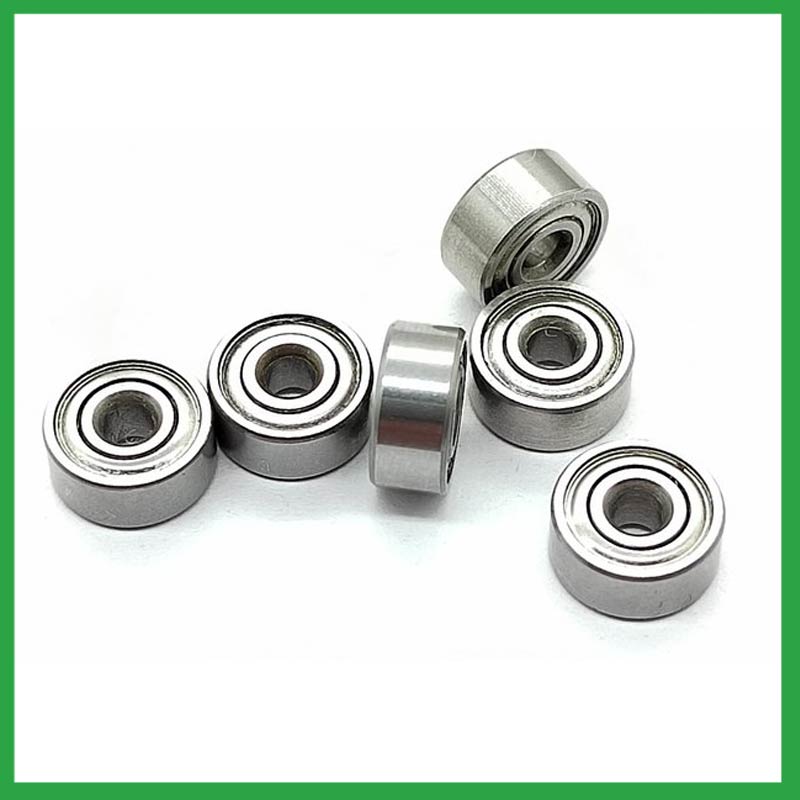
7.How do different roller ball bearing designs, such as deep groove, angular contact, or thrust bearings, cater to specific applications?
Deep groove roller ball bearing: Deep groove ball bearings are the most common type. They can handle both radial and axial loads. Angular contact ball bearings: Angular contact ball bearings have higher than average internal axial clearance. They can handle axial loads in one direction and moderate radial loads.
8.How do cage designs affect roller ball bearing speed and acceleration capabilities in high-speed machinery?
In high-speed roller ball bearing, external load has a great effect on cage stability and sliding ratio, especially for the bearings at work in the starting process. The cage stability is worse in the beginning of the bearing starting process. The axial load greatly influences cage dynamic performance in the bearing starting process.
In addition, while ball bearings worked under steady conditions, axial load and radial load both have a great influence on cage dynamic performance. The effects of axial load on cage dynamic performance during the bearing starting process are opposite from the effects under steady conditions.
9.Do roller ball bearing come in various tolerance classes?
Bearing tolerances are standardized by classifying bearings into the following six classes (accuracy in tolerances becomes higher in the order described): 0, 6X, 6, 5, 4 and 2.
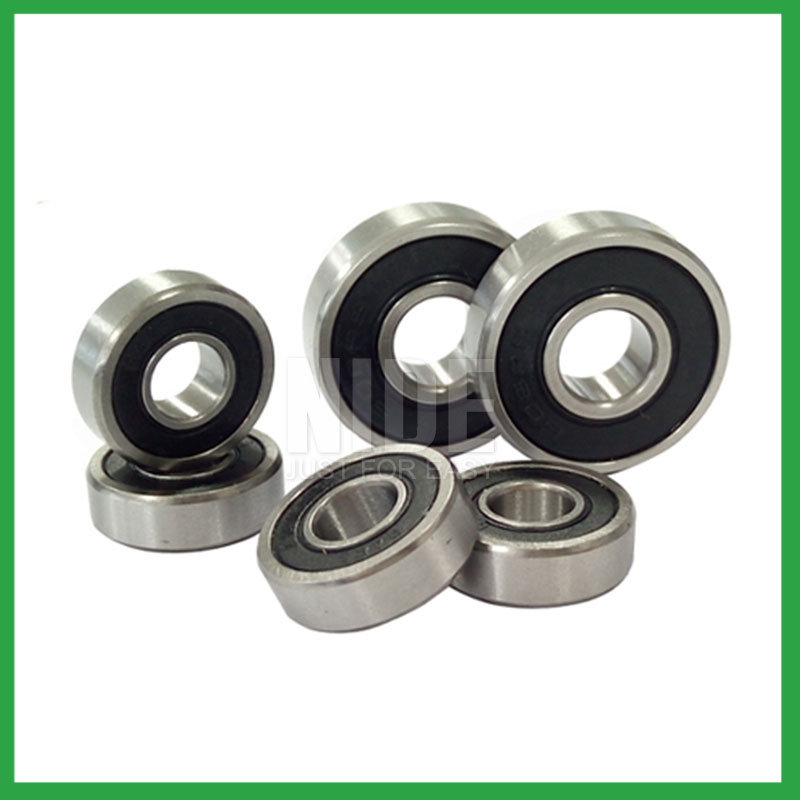
10.How do manufacturers ensure the quality and reliability of roller ball bearing through material selection and precision machining?
High-precision measuring instruments, such as micrometers and gauges, are used to check the dimensions of the rings and balls to ensure they meet tight tolerances. Surface Finish Inspection: Surface finish is assessed using profilometers to ensure the required smoothness and low friction characteristics.
11.Are there roller ball bearing designed for extreme temperature environments, such as cryogenic or furnace applications?
High temperature roller ball bearing use specialized lubricants to stand up to high temperatures. Grease-packed bearings are pre-filled with fluorine grease for high temperatures, while YS and SJ bearings use molybdenum disulfide (MoS2) solid lubricant to withstand temperatures up to 350°C and 400°C respectively.
12.What are the common materials used in roller ball bearing manufacturing?
Most roller ball bearing are made of a type of steel known as high carbon chromium steel, often called chrome steel. This is used for reasons of cost and durability. Bearings are also made from other materials such as stainless steel, ceramics and plastic.
